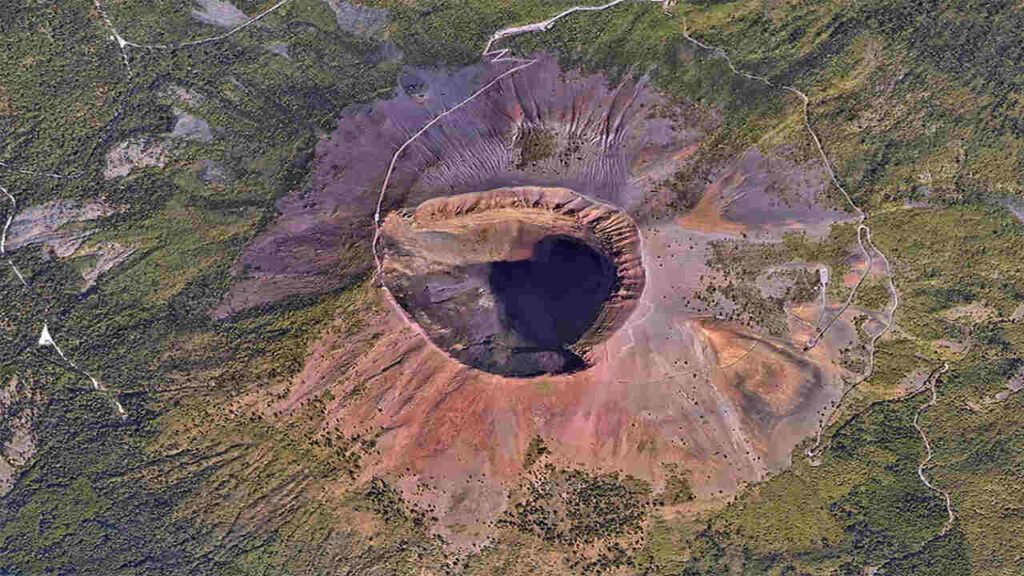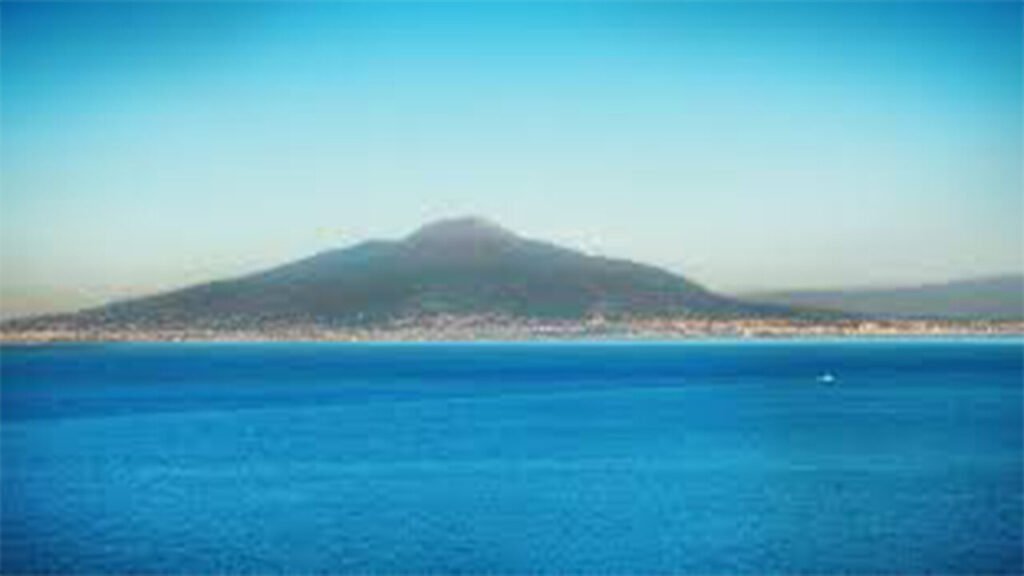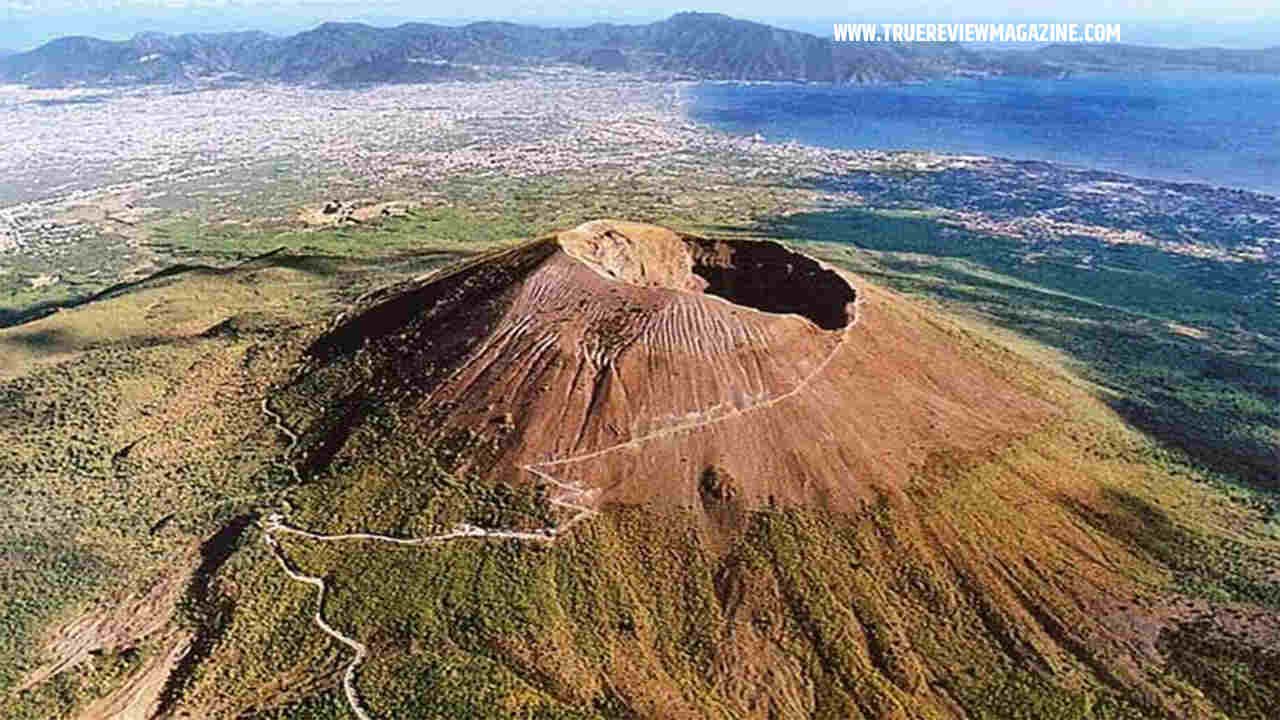Introduction:
Mount Vesuvius, a timeless emblem of nature’s grandeur and historical significance, occupies a distinctive place in both geological annals and cultural lore. Every year, on the commemorative occasion of Mount Vesuvius Day, we are prompted to recollect the cataclysmic eruption that forever transformed the terrain and etched an indelible memory on humanity’s collective consciousness. In this blog, we embark on an enthralling journey through the narrative of Mount Vesuvius, exploring its historical eminence and the resplendent allure that has blossomed from its fiery history.
The Wrath of the Ages:
August 24 serves as an annual reminder of the eruption of Mount Vesuvius in 79 AD, an apocalyptic event that engulfed the thriving Roman cities of Pompeii and Herculaneum beneath blankets of ash and volcanic detritus. This cataclysmic upheaval was so monumental that it obliterated entire civilizations, entombing them within a temporal cocoon for contemporary archaeologists to unearth centuries later. This momentous event not only reconfigured the landscape but also deepened our comprehension of ancient societies.
Revelations from Pompeii’s Ruins:

The vestiges of Pompeii, petrified in time by the volcanic ash, have bequeathed to us unprecedented insights into the quotidian existence of ancient Romans. From impeccably preserved domiciles and frescoes to ancient bakeries and public baths, the remnants of this city offer an evocative panorama of Roman civilization. To explore Pompeii is akin to embarking on a time-travel voyage, where the past comes alive amid its thoroughfares, amphitheaters, and market squares.
Cultural Resonance:
Mount Vesuvius transcends its status as a geological marvel; it stands as a touchstone of culture and heritage. The eruption and its aftermath have served as wellsprings of inspiration for myriad artistic creations, literary works, and even contemporary cinema. The epistolary accounts of Pliny the Younger, meticulously delineating the eruption, have evolved into primary historical chronicles, affording us an intimate narrative of the catastrophe. The poignant saga of Mount Vesuvius endures as a perennial muse, compelling storytellers to ruminate on the fragility of human existence and the omnipotence of nature.
The Flourishing Beauty Born from Desolation:

Over time, the destructive cataclysm wrought by Mount Vesuvius metamorphosed into the genesis of a resplendent landscape. The volcanic soil encircling the mountain has proven exceptionally fertile, nurturing luxuriant vineyards and olive orchards. The establishment of the Vesuvius National Park in 1995 safeguarded this unique ecosystem and offered intrepid explorers the opportunity to ascend its summit. From this vantage point, one can behold sweeping panoramas of the Bay of Naples, an enduring testament to the breathtaking beauty that emerges from the ashes.
Preservation of a Legacy:
Mount Vesuvius Day serves as an annual homage to the ephemeral nature of human accomplishments when confronted by the forces of nature. It is a day to pay tribute to the lives lost and to contemplate the mettle of those who endured. It also beckons us to assume responsibility for the safeguarding and perpetuation of the historical legacy and natural wonders bequeathed by this volcanic colossus.
Conclusion:
As Mount Vesuvius Day approaches, let us collectively recall the awe-inspiring chronicles, the archaeological riches, and the beguiling landscapes bestowed by this age-old volcano. The legacy of Mount Vesuvius is not merely a reminiscence of days gone by; it is a jubilation of nature’s capacity to mold and reshape our world. Whether you are embarking on a voyage through its archaeological marvels or gazing in wonder from afar, Mount Vesuvius perpetually captivates and inspires us, an enduring testament to the symbiosis of history and the natural world.
In the ruins of Pompeii, we find a vivid portal to the past, where the daily lives of ancient Romans are frozen in time, revealing their aspirations, routines, and culture. It’s a journey through history, where every cobblestone and fresco speaks of a bygone era.
Yet, Mount Vesuvius isn’t just a chapter in history; it’s a living testament to the power of nature’s regeneration. From the devastation arose a magnificent landscape, where fertile volcanic soil nurtures vineyards and olive groves. The Vesuvius National Park stands as a guardian of this unique ecosystem, inviting adventurers to climb its slopes for breathtaking vistas of the Bay of Naples.
Mount Vesuvius Day serves as a moment of reflection, a time to honor the lives lost, and a call to action to preserve the historical and natural wonders left in the volcano’s wake. It’s a reminder that even in the face of nature’s fury, beauty and resilience can emerge.
Read more: https://truereviewmagazine.com/










